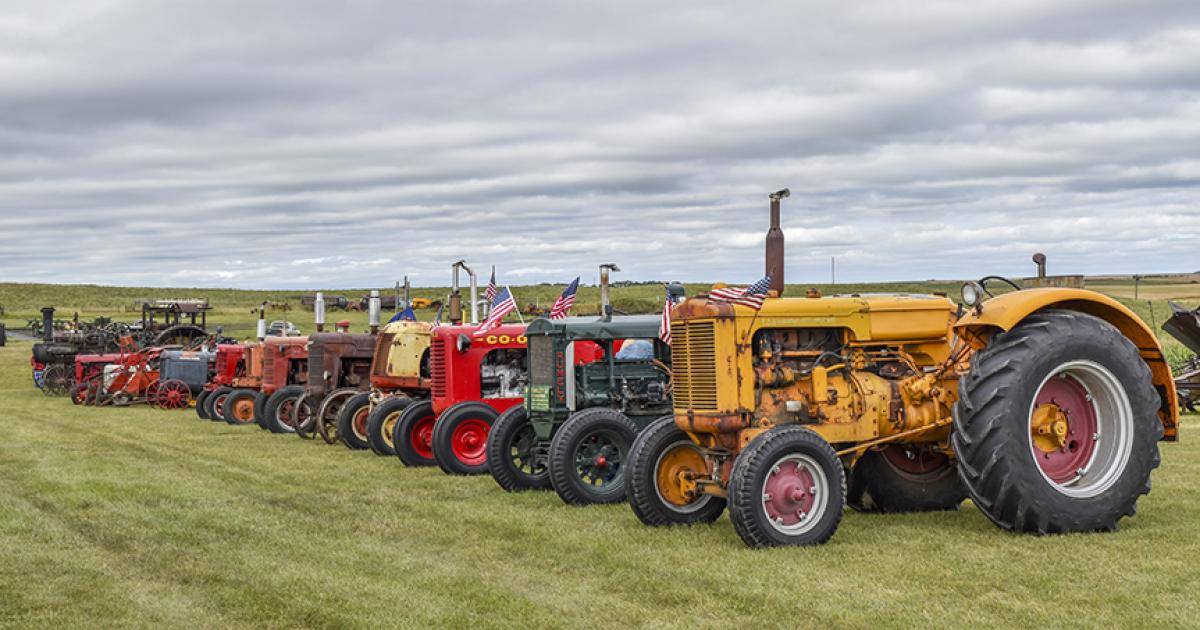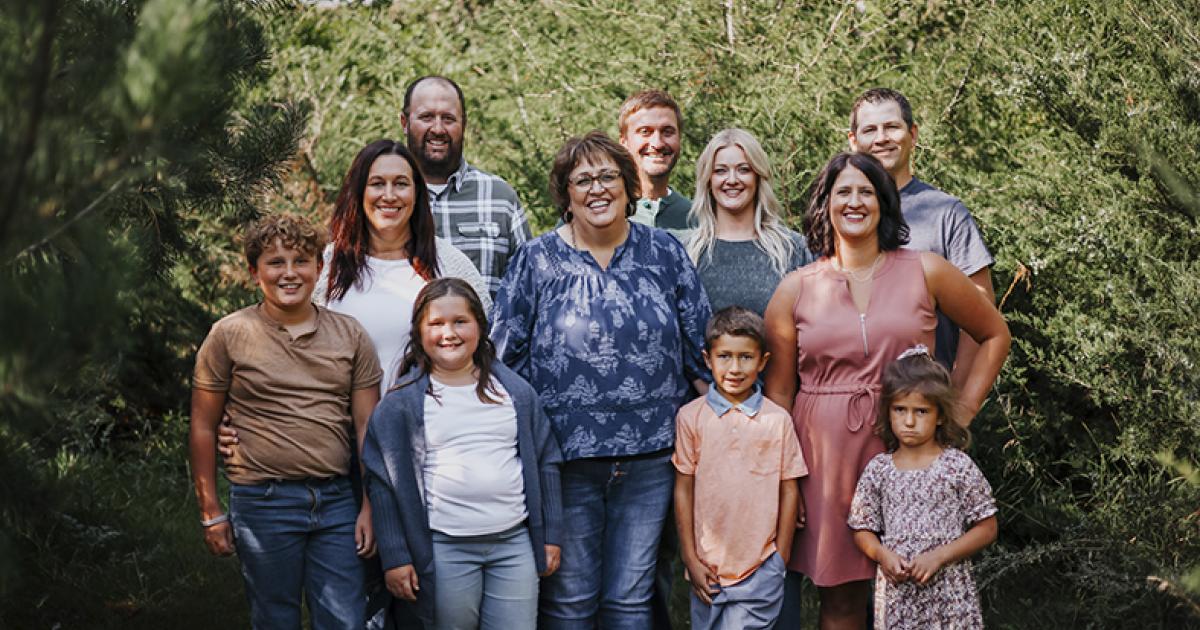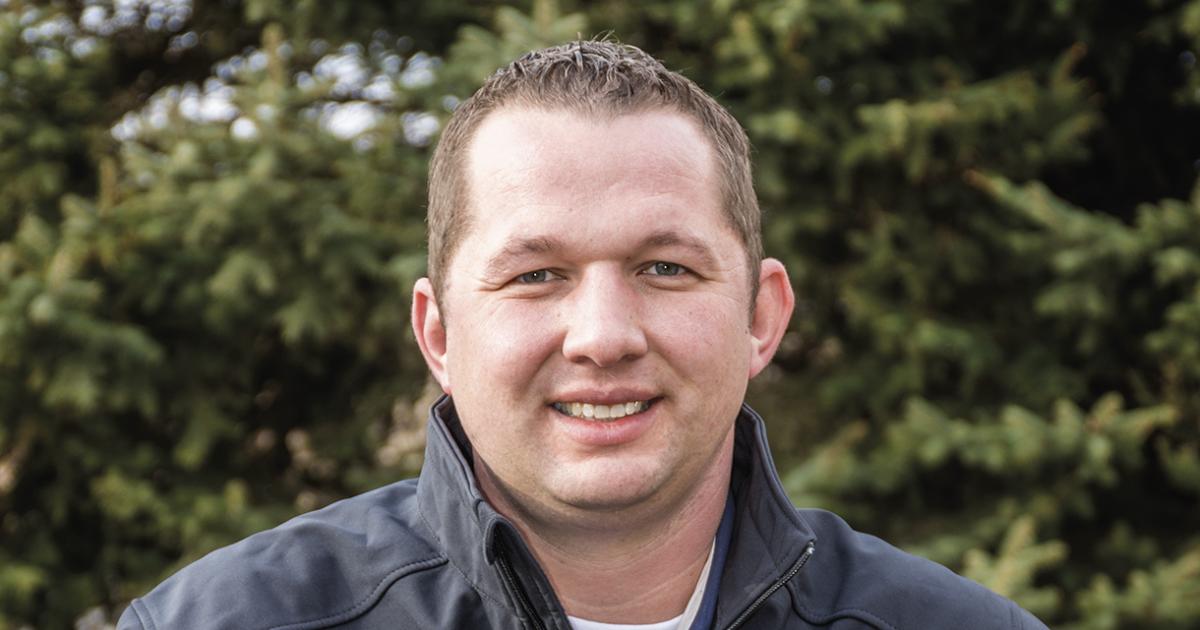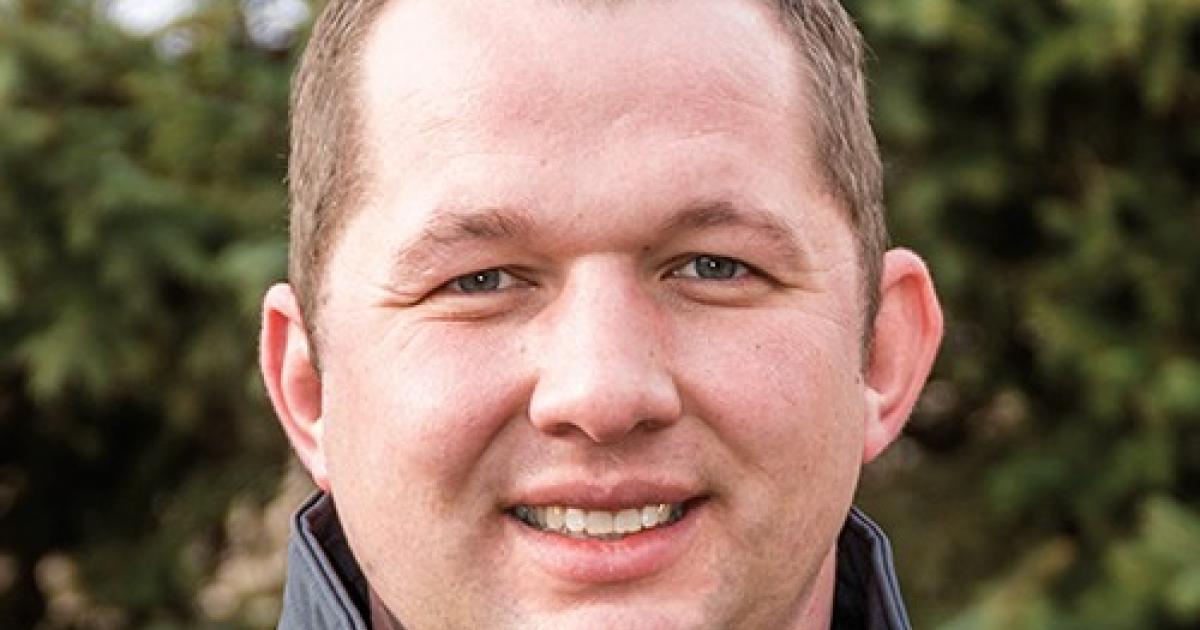Kennedy DeLap has a little more hardware to lug with her camera bag.
The Bismarck native and North Dakota Living photojournalist was crowned Miss North Dakota 2025 on June 7 at the Bakken Auditorium in Williston.
“They put the crown on my head, and I just couldn’t believe it,” DeLap says.
She fully expected to be at work the following Monday, editing photos and dicing through interviews from a recent assignment in Medora. But instead, she was being interviewed by the Williston Herald about her new job as Miss North Dakota.
Cally Peterson
As communities across the nation prepared to celebrate America’s bicentennial in 1976, an idea surfaced in the small town of Braddock, about an hour’s drive southeast of Bismarck.
“It was at a parent-teachers meeting, and I said, ‘Well, why don’t we thresh?’ I said, ‘Nobody’s done that for years,’” recalls 91-year-old Del Svalen, who had moved to Braddock from Minnesota to teach and coach.
“Cooperatives were born in politics and will die in politics.”
This oft-used phrase in the cooperative world both recognizes the circumstances through which most cooperatives emerge – in response to political and economic conditions, often as an alternative to traditional business models or power structures, seeking to empower individuals and communities – and acknowledges a critical function for their survival – advocacy.
Whether two legs or four, the big kids and the little ones, everyone is welcome at Grandma and Grandpa’s house. The same can be said for Hondo’s Hideaway restaurant on the Jamestown Reservoir.
“I wanted to keep (the ambiance) more of what you’re maybe used to if you visited Grandma and Grandpa’s house, a little bit of a homey feel,” says Lucas Dockter, Hondo’s Hideaway owner and chief grunt worker. “It pairs well with the food we serve. It’s stuff you would find at Grandma’s house or what you grew up with.”
 The world changed five years ago when the coronavirus pandemic entered our lives. It disrupted everything, from the way we learn and work to the price of groceries and gasoline. While many facets of our lives have returned to normal (or a “new normal”), the American pocketbook is still wishing and waiting for the return of pre-pandemic pricing.
The world changed five years ago when the coronavirus pandemic entered our lives. It disrupted everything, from the way we learn and work to the price of groceries and gasoline. While many facets of our lives have returned to normal (or a “new normal”), the American pocketbook is still wishing and waiting for the return of pre-pandemic pricing.











 Energy.
Energy.









